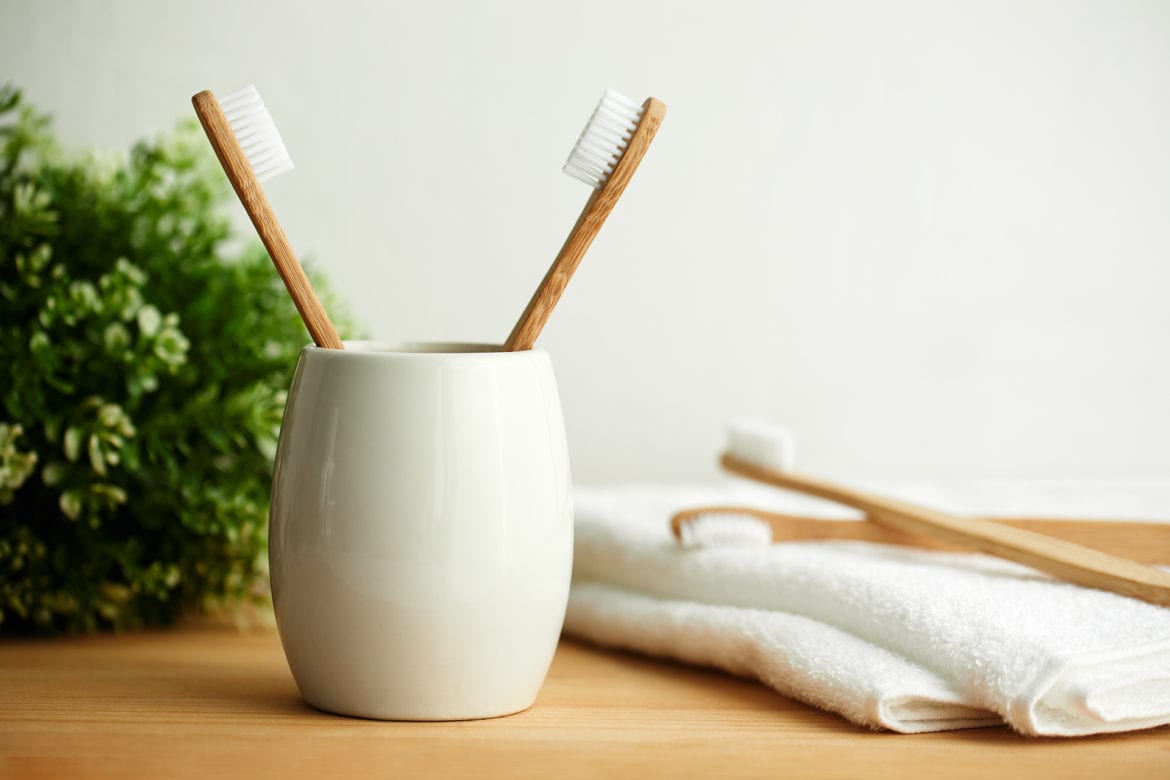Have you ever done your business, flushed the toilet, then stopped to ponder the short distance between the whirlpool of human waste and your vulnerable toothbrush on the counter? Or are you a proponent of storing your toothbrush inside your medicine cabinet for this very reason?
Either way, there are some interesting (and potentially off-putting) facts to know about different modes of toothbrush storage. Read on for an expert-informed exploration of the most sanitary home for your toothbrush.
Where to store your toothbrush
We could spend all day debating the scientific merits of various toothbrush storage locations. While it’s an interesting conversation, it’s probably not worth actually stressing about this. As long as you’re not storing your toothbrush in an obviously filthy place (like, literally on your toilet), you’re probably just fine.
“For the most part, it makes no difference where one stores a toothbrush,” Amesh A. Adalja, M.D., a board-certified infectious disease and senior scholar at the Johns Hopkins Center for Health Security, tells SELF.
That’s because we live in a world full of germs, and that includes your toothbrush—no matter where you keep it. “It is important to remember that [your] toothbrush will never be sterile, [because] whatever environment it is placed in will have microorganisms that will settle upon it,” says Dr. Adalja.
With that said, it’s best not to keep your toothbrush really close to your toilet. That’s not because it poses a serious threat to your health, but because it’s honestly kind of gross.
Keeping your toothbrush out in the open in your bathroom exposes it to a little something called toilet plume, Omai Garner, Ph.D., assistant clinical professor, section chief of clinical microbiology and director of Point of Care Testing in the UCLA Department of Pathology and Laboratory Medicine, tells SELF.
If you haven’t heard of this phenomenon, you’ve been living in blissful ignorance. Toilet plume is the aerosolized cloud of microscopic particles, including urine and feces, that sprays into the air and onto surrounding surfaces when you flush the toilet. Experts aren’t sure exactly how far toilet plume can reach, but if your toothbrush is on the counter, it’s probably well within range. The closer it gets to your toilet, the more likely it’ll get spritzed with that plume.
While that’s not a pleasant idea, it’s no big deal when it comes to your health, according to the American Dental Association (ADA). The organization emphasizes that although toothbrushes have been found to carry bacteria (including from feces), there is no solid proof that this will actually harm you.
Scientists don’t have evidence of loads of people actually getting sick from toilet plume, let alone from using toilet plume-coated toothbrushes. Yes, Garner notes that it is technically possible, especially if someone with a highly infectious illness like norovirus uses your toilet. Norovirus causes more food poisoning in the United States than any other pathogen, according to the Centers for Disease Control and Prevention (CDC).

